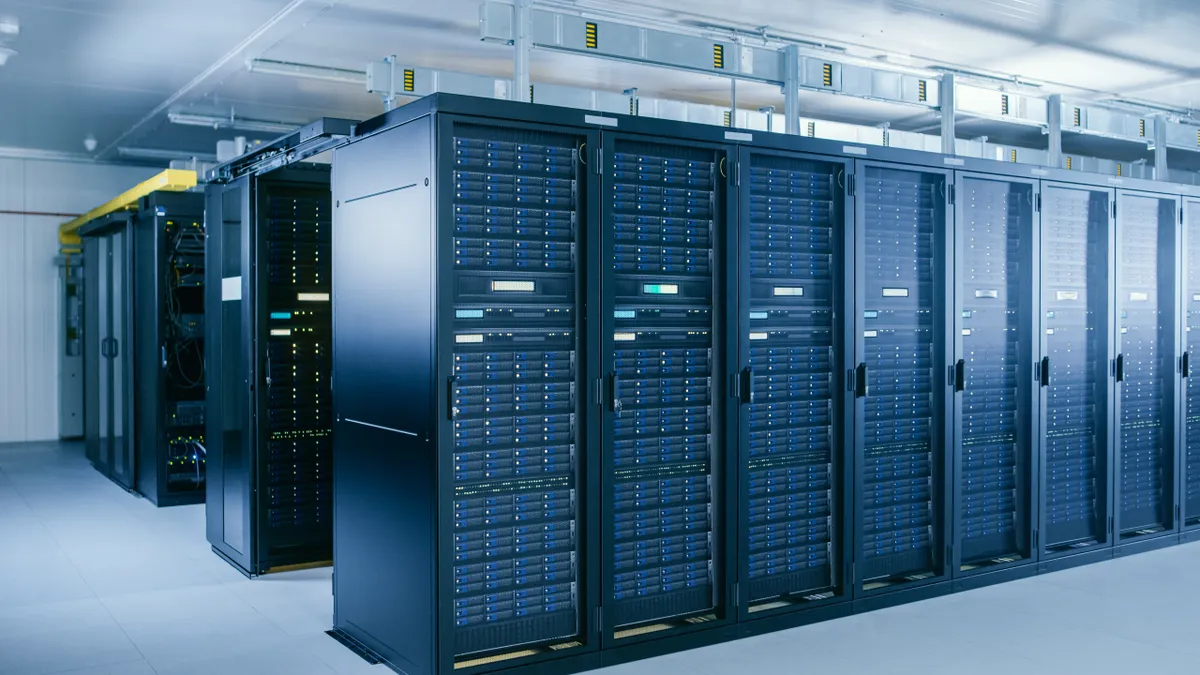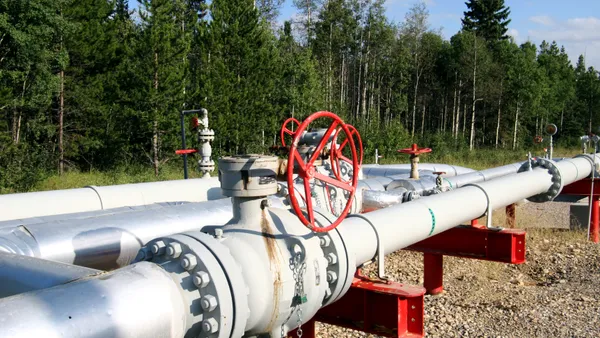Dive Brief:
-
Xcel Energy plans to invest $45 billion in new generation, transmission and other projects over the next five years, President and CEO Bob Frenzel said Thursday during the company's third-quarter earnings call.
-
The company has received 8,900 MW of requests from data center companies, but economic growth is driving just 22% of the total five-year spend, according to the company's earnings presentation.
-
Xcel expects to secure just 25% of the projects in its data center pipeline over the next five years, leaving room for continued growth that could continue into the next decade, Frenzel said.
Dive Insight:
The surge of load growth taking place across the country points to a need for utilities to move at a much faster pace than they have in the past, Frenzel told investors Thursday.
“What you're seeing ... is, obviously, big demand across the country,” he said. “And we know there's double-counting in a lot of people's inbound requests as these large loads come looking for transmission and generation service. But it highlights a different need, which is [that] we as a country, we as an industry, need to be accelerating our ability to develop both transmission and generation to serve the load that we think is [going to] come.”
For Xcel, that acceleration will for the next five years take the shape of a $45 billion plan focused on four key areas: clean energy, customer electrification, load growth and reliability, Frenzel said. Transmission and distribution upgrades will claim 63% of the total funding, according to the company's presentation. Renewables and new generation projects will get 11% and 10%, respectively.
While deals with fast-growing tech companies like Meta, QTS and Microsoft command headlines, data centers only represent half of the company's projected sales growth through the next few years, according to Brian Van Abel, Xcel executive vice president and chief financial officer. The company has also experienced significant growth from the electrification of oil and gas production in the Permian Basin and from the increased adoption of electric vehicles and other consumer products in Colorado, he said.
But this growth is only driving a part of the company's investment plan, according to Thursday's presentation. Improvements in transmission and distribution resilience will account for 29% of the planned investments, while carbon-free generation and generation reliability claim 14% and 6%. Rising wildfire costs will absorb 11% of the plan, with Van Able noting that the company's insurance premiums tripled this year.
Van Abel said Xcel is tracking a pipeline of potential investments in addition to the $45 billion plan announced Thursday that could total another $10 billion — a figure he said was “conservative and could be significantly higher.” The capital investment plan does not include the 4.2-GW Upper Midwest Energy Plan announced earlier this month, a Southwestern Public Service Co. resource plan targeting 4 GW to 10 GW of new generation, or the up to 14-GW resource plan that Xcel filed in Colorado in mid-October, according to company documents.
The increased development, Frenzel said, shows a lower per-unit cost of electricity for most customers, though he noted a need to ensure that contracts with large customers like data centers are executed in a way that does not raise rates for other customers.
“If the country has ... high-load-factor customers, like those with EVs charging at night with other high-intensive energy loads, I think that is an opportunity for us to mitigate cost increases across the entire country as we transition both our transmission and generation footprint for the next generation,” he said. “It's an opportunity that we're going to have to step into very quickly — and in partnership with a lot of people, and some new people at the table — but I'm excited about all of it.”














